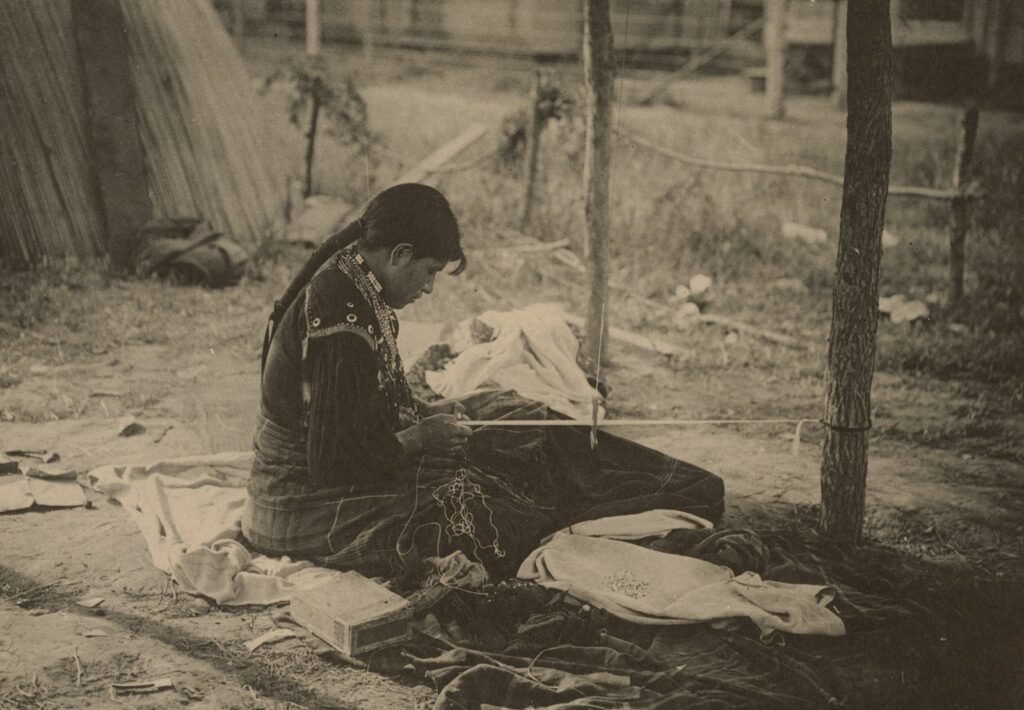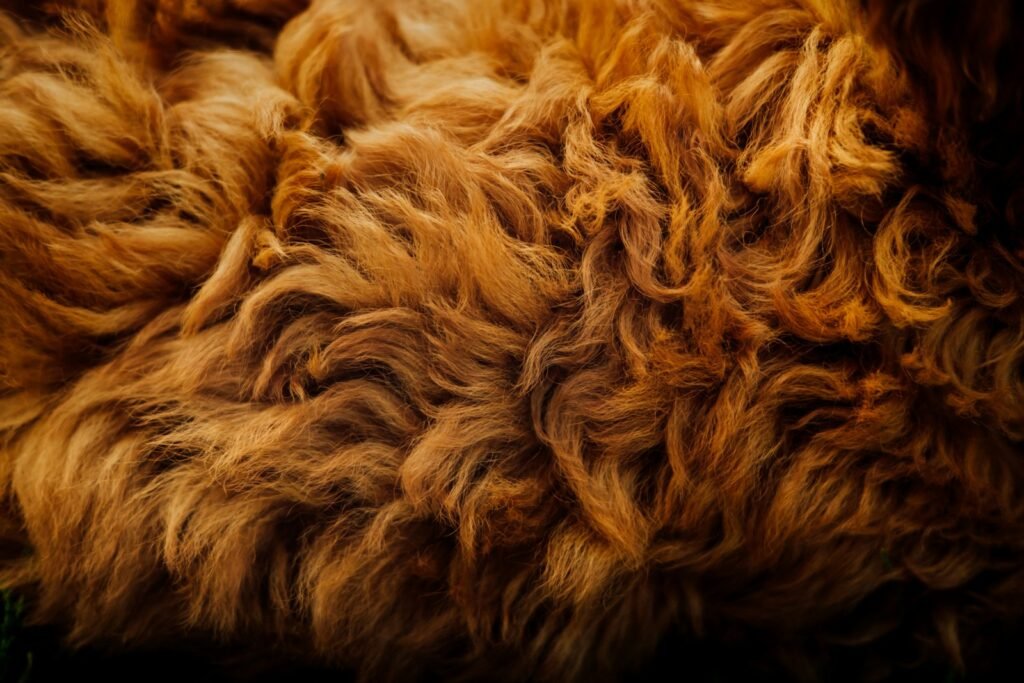
Life in the Villages
Life in the villages during the 18th century was a perplexing mosaic of resilience and ingenuity, where the early settlers navigated through the unpredictable twists and turns of rural life. With each dawn painting the sky over the undulating hills, the villagers emerged from their rustic log cabins, brimming with energy to tackle another day’s worth of tasks. From cultivating crops under the golden sun to bartering goods at bustling markets, village life pulsated with a burst of activity that kept everyone on their ts.
The interconnected web of relationships within this tight-knit community manifested itself in grand displays like barn raisings and quilting bees, weaving threads of camaraderie that bound them together in times of adversity. As Benjamin Franklin’s words echd through time – “We must all hang together, or assuredly we shall all hang separately” – it became clear that unity and collaboration were not just virtues but lifelines for survival amidst harsh winters and capricious harvests. In these villages, every soul had a vital role to play; whether it be chopping firewood to keep warm, sewing garments for loved ones or preserving food for sustenance during long winter nights.
Life in these villages was far from simple; it was an intricate tapestry woven with threads of endurance and fortitude by those early American pioneers who dared to carve out a living from untamed lands.
Hunting and Gathering
As the sun breaks through the vast expanse of untamed wilderness, the men of the village ready themselves for a day of hunting. Armed with bows and arrows crafted by their own hands, they peer into the dense foliage in search of elusive prey. With stealthy movements among the tangled undergrowth, they rely on instincts honed over generations to provide sustenance for their families. It is a delicate balance between waiting and striking with precision, an ancient art that links them to their forebears who once roamed these same lands.
Following a fruitful hunt, the women of the village join in gathering fruits, nuts, and roots from the lush forest. Their agile fingers deftly pluck ripe berries from bushes while keen eyes spy mushrooms hidden beneath fallen leaves. Each plant holds value as a precious find in the ongoing battle against hunger. Together, as a community working in synchrony with nature’s rhythms, they pay homage to the enduring bond between humankind and wilderness.
Traditional Clothing and Jewelry
In a time long before the dominance of fast fashion and high-end labels, our forebears curated their own distinctive looks using traditional garb and ornate jewelry. The complex beadwork and impeccable artistry found in Native American clothing from the 18th century did not just epitomize style; they embodied a rich cultural legacy handed down through the ages. Thomas Jefferson once pondered, “I am enamored by the grandeur of fashion, yet I loathe the unkempt attire of common folk.” For these tribes, each stitch and bead carried weighty meaning, weaving tales of valor, tribal allegiances, and even spiritual convictions.
The attire donned by indigenous peoples like the Navajo and Cherokee transcended mere coverage for the body; it served as a medium of self-expression- a living canvas reflecting their ties to nature and ancestry. The exquisitely crafted moccasins embellished with beads and feathers were more than just footwear; they stood as emblems of pride and skillfulness. Benjamin Franklin humorously remarked once, “Let us embrace moccasins- shs that offer greater comfort while also bestowing an airy lightness upon our steps.” Likewise, handmade jewelry fashioned from turquoise, silver, or shells weren’t simply accessories but rather charms offering protection and conferring status within their community.
Ceremonies and Rituals
The enigmatic allure of village life in 18th-century America lay in the intricate tapestry of ceremonies and rituals that intricately weaved through the community’s existence. These gatherings transcended mere social events; they were a kaleidoscope of storytelling, bonding, and reverence for those who came before. As a fervent student of US history, I have always been entranced by the mystique surrounding how these ceremonies united people in a mosaic of heritage and belonging. In the immortal words of John Adams, “Let us dare to read, think, speak and write.” This sentiment encapsulates the essence of these gatherings, where wisdom flowed through generations via oral traditions ensuring cultural legacy endured.
Moreover, these ceremonies acted as pillars upholding the values and principles dear to the community’s heart instilling unity and purpose among its members. From jubilant harvest feasts to solemn rites marking milestones, each ritual held profound meaning reflecting the collective identity etched into village lore. Stepping foot into these villages left me awestruck by the palpable camaraderie and reverence that saturated every event – underscoring unbreakable bonds tying souls together. In echoing Benjamin Franklin’s timeless words “Tell me and I forget. Teach me and I remember. Involve me and I learn,” these ceremonies embodied this philosophy embodying shared experiences leaving an indelible mark on all present.
Role of Women in the Community
In the perplexing tapestry of early American villages, women emerged as enigmatic figures, weaving together the intricate social fabric that held communities together. While men ventured into the wild for hunting and trading pursuits, it was the women who shouldered the diverse responsibilities within their midst. From toiling in the fields under skies of uncertainty to nurturing the young minds of tomorrow, these women stood as stalwart pillars of village life.
As Abigail Adams cryptically remarked, “Beware, for beneath every man’s facade lurks a potential tyrant. Should we neglect to honor and empower our ladies, they shall rise in rebellion against oppressive norms and laws that silence their voices.”
The enigmatic presence of women extended far beyond mere domestic chores; they were active participants in communal decision-making processes and sacred ceremonies. Their sagacious counsel was revered by all, underscoring their significance transcending traditional gender roles. Mercy Otis Warren eloquently captured this essence when she proclaimed,”In times of dire need arise extraordinary virtues.” Indeed, it is through such virtues that women left an indelible mark on shaping the very foundation upon which early American societies thrived.
Children’s Education and Upbringing
In the realm of children’s education and upbringing, it’s a perplexing journey to unravel how knowledge was passed down in bygone days. The 18th century in America boasted an educational landscape starkly different from our modern one. It wasn’t until the mid-19th century that formal schooling became prevalent. Children back then learned through daily life activities, with practical skills taking precedence over academic pursuits. Benjamin Franklin, a luminary of that time, once mused, “Tell me and I forget, teach me and I may remember, involve me and I learn.” This sentiment encapsulates how children were encouraged to actively engage in their own learning process – immersing themselves in hands-on experiences and observing the world around them.
The upbringing of children during the 18th century reflected a sense of communal interdependence. Families resided in tight-knit villages or small towns where not only parents but also other community members played a role in educating youngsters. Thomas Jefferson eloquently stated, “Educate and inform the whole mass of people… They are the only sure reliance for the preservation of our liberty.” This emphasis on education for societal advancement molded child-rearing practices at that time. Children were regarded as vital to the future well-being of society, with their education deemed a collective duty shared by all members of the community. Through this prism, we can grasp how historical foundations continue to shape our contemporary understanding of education and upbringing today.
Trading with Other Tribes
The enigmatic allure of early human civilizations lies in the perplexing exchange of goods and ideas amongst diverse tribes. It wasn’t just a mere transaction of physical items, but rather a bursty cultural phenomenon that molded the essence of each community.
From basic necessities like food and tools to intricate treasures such as jewelry and textiles, a kaleidoscope of skills and resources were showcased in these barter exchanges. As Benjamin Franklin cryptically mused, “In free trade, crossing boundaries unites us under common interests.” This cryptic sentiment reverberates through the convoluted interactions between tribes, where mutual gains were sought through the trading of commodities such as furs, corn, and beads.
Navigating labyrinthine trade routes, tribes wove connections that not only sustained their existence but also nurtured bonds of camaraderie and comprehension across varied cultures. The sagacious words of Native American leader Tecumseh echo this tumultuous dance of interaction: “Live harmoniously together, keep calm amidst chaos, share tranquil moments, and always be prepared to support one another.” This emphasis on collaboration and reverence within trading relationships underscores the profound impact these exchanges had on shaping societal fabric in bygone eras.
Spiritual Beliefs and Practices
Let us embark on a journey through time to unravel the enigmatic world of spiritual beliefs and practices of our forefathers. The 18th century was an era of perplexing diversity in spiritual traditions within the United States, with Native American ceremonies, European Christianity, and African rituals intertwining in a burst of cultural collision. This period witnessed a kaleidoscope of beliefs and ceremonies that wove together to form the intricate fabric of communities across the nation.
As we immerse ourselves in the ethereal realm of the 18th century, we are confronted by Benjamin Franklin’s cryptic words, “The way to see by faith is to shut the eye of reason.” These words encapsulate the mysterious fusion of faith and mysticism that pervaded this age, as individuals sought solace and enlightenment from higher realms amidst times of ambiguity. From Native American tribes communing with nature spirits through sacred rites to colonists seeking divine intervention in church services, spirituality permeated every facet of daily existence. Each community harbored its own enigmatic customs and beliefs, reflecting the explosive mix of cultures that defined early America.


